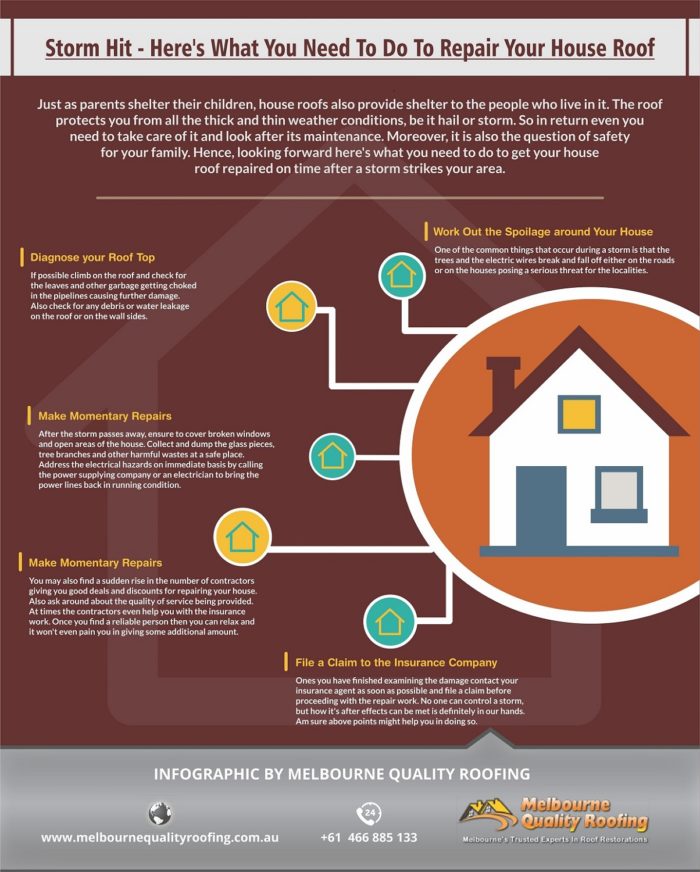Exactly How Climate Issues Forming Roofing Installation: The Most Effective Seasons For An Effective Result
Exactly How Climate Issues Forming Roofing Installation: The Most Effective Seasons For An Effective Result
Blog Article
Produced By-Dam Oh
When it involves roof covering installations, the weather condition can make or break the work. Imagine the frustration of taking care of materials that will not work together as a result of severe heat or battling slippery surface areas caused by unanticipated rain. Understanding the impact of weather conditions on your roof job is essential for an effective result. So, allow's check out exactly how various weather condition components can influence the high quality and durability of your roof covering installation, making sure a task well done.
Influence of Temperature on Roof Covering Installation
When it comes to roof covering installation, temperature level plays a crucial function in the process. The suitable temperature level for roof covering jobs normally falls in between 45 and 85 levels Fahrenheit. Extreme warm can trigger materials like tiles to come to be as well pliable, bring about possible damage throughout installment. On the other hand, chilly temperature levels can make products breakable and vulnerable to fracturing. It's important to schedule roofing setups throughout moderate temperatures to make certain the very best outcome.
Throughout metal roofing , contractors may need to take added safety measures such as utilizing warmed devices or enabling products to warm up before setup.
On the other hand, heat may need work to be done previously or later on in the day to avoid the peak temperatures. By thinking about the temperature and its results on roofing materials, you can assist guarantee an effective installment that will certainly stand up to the aspects for several years ahead.
Impact of Rainfall on Roofing Projects
Roofing tasks can be considerably affected by rainfall, impacting both the timeline and the quality of the setup. Rain or snow can produce unsafe problems, making it hazardous for contractors to work on a damp surface area. In addition, dampness can jeopardize the adhesion of products like shingles or underlayment, leading to possible leakages or damages in the future.
If it rainfalls throughout a roofing job, the water can permeate into at risk locations, triggering delays as the installation team need to await the roof covering to completely dry prior to continuing. Extreme moisture can additionally promote the development of mold and mold, further endangering the honesty of the roof.
To stay clear of these problems, it's recommended to schedule roofing jobs during drier periods or keep an eye on the weather forecast very closely to plan around any potential rainstorms. By taking precautions to operate in positive weather, you can ensure a smoother and more successful roofing system installment procedure.
Influence of Wind Rate on Installation Success
During roof installation, the rate of the wind plays an essential function in identifying the success of the project. High wind rates can present substantial obstacles to roofers, possibly bring about safety dangers and high quality concerns. When wind speeds exceed advised limits, it ends up being challenging to handle materials, increasing the risk of crashes and damage to the roof covering materials. why not try these out can likewise influence the precision of measurements and the accuracy needed for appropriate installation.
To ensure an effective roof installation, it's essential to keep an eye on and take into consideration wind speeds. Preferably, roof installment ought to take place on days with low to moderate wind rates. This not only boosts the safety and security of the employees but also boosts the overall high quality of the installation.
Roofing tasks scheduled throughout tranquil weather conditions are more likely to be finished successfully and with fewer errors. By taking notice of wind rate forecasts and planning appropriately, you can help ensure a smooth and successful roof covering installment procedure.
Final thought
So, when it pertains to roof covering setup, keep in mind to take into consideration the climate condition to ensure a successful work. Ideal temperature levels, completely dry conditions, and modest wind speeds are essential elements to prioritize for a smooth setup procedure. By arranging your task during the best seasons and optimal climate condition, you can accomplish a durable and lasting roof covering that will shield your home for several years to find.
